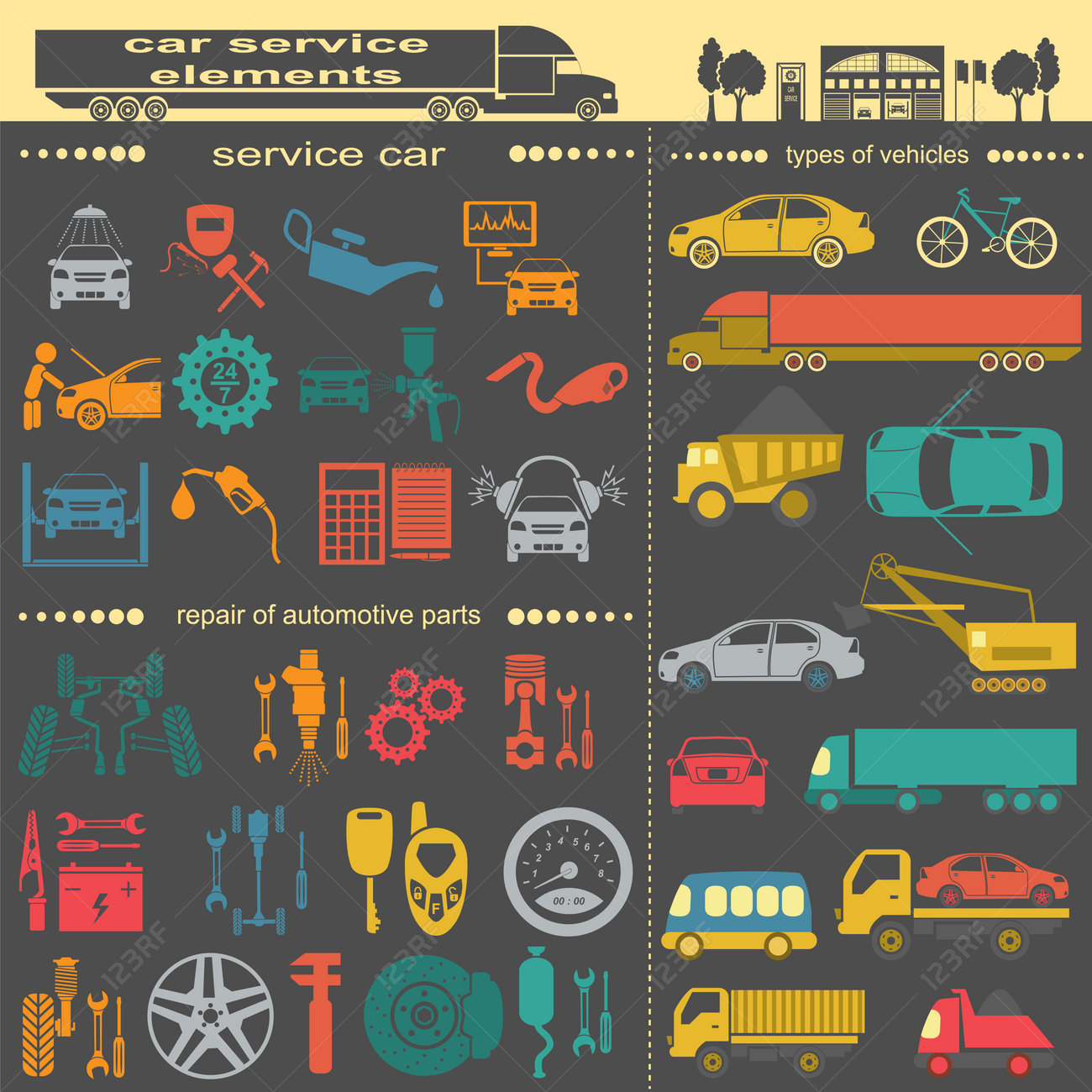Assessing Your Car'S Caution Indicators: What They Really Communicate
Assessing Your Car'S Caution Indicators: What They Really Communicate
Blog Article
Content By-Termansen Stark
When you lag the wheel, those radiant caution lights on your dashboard can be a little bit bewildering. Do you understand what they're trying to tell you regarding your cars and truck's wellness? Understanding the significance of these lights is vital for your safety and security and the durability of your lorry. So, the following time one of those lights appears, would not you want to analyze its message properly and take the needed actions to resolve it?
Common Caution Lights and Interpretations
Recognize typical warning lights in your car and comprehend their meanings to guarantee secure driving.
One of the most common warning lights include the check engine light, which signifies issues with the engine or exhausts system. If this light comes on, it's critical to have your automobile examined without delay.
The oil stress advising light shows reduced oil stress, calling for immediate attention to avoid engine damage.
A blinking battery light might suggest a faulty billing system, possibly leaving you stranded otherwise dealt with.
The tire stress monitoring system (TPMS) light alerts you to low tire stress, affecting car stability and fuel performance. Overlooking this might lead to harmful driving conditions.
The ABS light suggests a trouble with the anti-lock braking system, endangering your ability to quit rapidly in emergency situations.
Last but not least, the coolant temperature alerting light warns of engine getting too hot, which can result in serious damage otherwise solved swiftly.
Understanding these usual warning lights will help you resolve issues quickly and preserve safe driving problems.
Importance of Prompt Interest
Understanding the common caution lights in your cars and truck is just the first step; the significance of quickly dealing with these cautions can not be emphasized enough to ensure your security when driving.
When a caution light illuminates on your control panel, it's your automobile's way of connecting a possible problem that needs focus. Overlooking these warnings can result in much more extreme problems down the road, endangering your security and potentially costing you much more out of commission.
Motivate attention to alerting lights can avoid failures and accidents. As an example, a blinking check engine light might suggest a misfire that, if left neglected, can cause damages to the catalytic converter. Resolving this promptly can conserve you from a pricey repair service.
Similarly, a brake system cautioning light might indicate reduced brake liquid or worn brake pads, important components for your security when driving.
DIY Troubleshooting Tips
If you discover a caution light on your control panel, there are a couple of do it yourself fixing suggestions you can attempt before seeking specialist help.
The first step is to consult your cars and truck's handbook to recognize what the details caution light indicates. Often the concern can be as straightforward as a loose gas cap setting off the check engine light. Tightening up the gas cap might resolve the issue.
Another usual concern is a low battery, which can cause various warning lights. Examining the battery links for corrosion and guaranteeing they're protected could take care of the problem.
If a warning light lingers, you can try resetting it by detaching the automobile's battery for a few mins and after that reconnecting it. Additionally, examining your automobile's fluid levels, such as oil, coolant, and brake fluid, can help fix advising lights connected to these systems.
Continue Reading , recognizing your car's warning lights is essential for maintaining your automobile running smoothly and safely. By immediately attending to these notifies and understanding what they imply, you can avoid expensive fixings and potential break downs.
go right here in mind to consult your car's manual for specific details on each cautioning light and act as necessary to make sure a hassle-free driving experience.
Remain educated, remain safe on the road!
